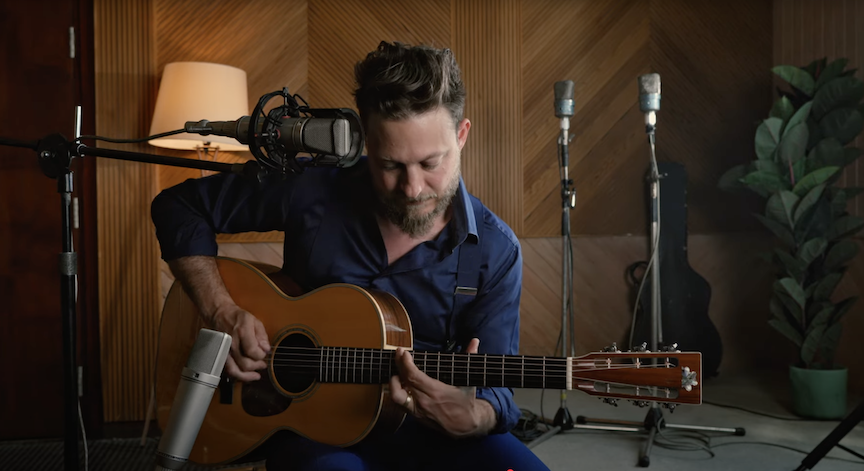Taylor 916ce
Taylor’s deluxe 900 series is the company’s latest to receive updated specs and looks.
Taylor’s 900 series has been part of the company’s line since the late 1970s, and until the arrival of the Presentation series in 1996, it was its fanciest standard series of guitars. Available in all of Taylor’s body styles, the 900 series has evolved over the years, but the instruments have always included elaborate fingerboard inlay, abalone purfling, and top-grade woods. Some early 900s were built with figured maple back and sides, but most of the time the line has had Indian rosewood backs and sides and spruce tops.
Having recently revamped the company’s 800 and 600 series, Taylor designer Andy Powers has given the 900 series a similar makeover. The guitars’ body size, neck shape, and woods remain unchanged, but Powers has tweaked wood thicknesses (making the tops, back, and sides considerably thinner), redesigned bracing patterns, and started using protein glues for certain processes and a much thinner finish that has less of a damping factor. Because 900s use the same wood combination as 800s, Powers was able to look back at more than a year of experience with those instruments, while creatively evolving the 900’s appointments and cosmetics.
The instruments have a mix of abalone and pearl in the purfling and fingerboard inlay (which uses a new pattern Taylor calls “Ascension”), accented with elegant strips of thin figured koa on each side of the purfling and along the fingerboard binding. The most noteworthy new addition is the guitar’s armrest bevel. A popular feature on luthier-made custom instruments, Taylor introduced this option on limited-edition guitars several years ago, and it has been part of the Presentation series for some time. On the 900s, it is beautifully executed in ebony and placed perfectly to increase comfort for the player.
The guitar includes Taylor’s Expression System 2 electronics. Using a pickup that relies on a set of three piezo elements mounted behind the saddle (rather than under the saddle), the system replaces the magnetic sensors of the original Expression System. Taylor pairs the pickup with a custom-designed preamp that uses the familiar arrangement of controls for bass, treble, and volume in the upper bout of the guitar’s side.
The first two 900 models to receive updates are the grand auditorium 914ce and the grand symphony 916ce, which we had a chance to check out. Our sample instrument impressed with a full and complex sound that had great low end without sacrificing fat trebles, creating an overall character full of confidence, as the guitar handled everything I played on it with grace and beautiful tonal execution. The grand symphony body is relatively large, but the armrest bevel helped create a very comfortable feel, and the guitar was incredibly easy to play, even with the medium-gauge strings it came set up with.
Taylor 916ce specs
- Grand symphony body with 14-fret neck
- Solid Sitka spruce top
- Solid Indian rosewood back and sides
- Mahogany neck
- Ebony fingerboard and bridge
- 25.5-inch scale
- 1¾-inch nut width
- Gotoh 510 tuning machines
- Expression System 2 electronics
- Made in USA
- $6,498 list
Related Instrument Demos Posts
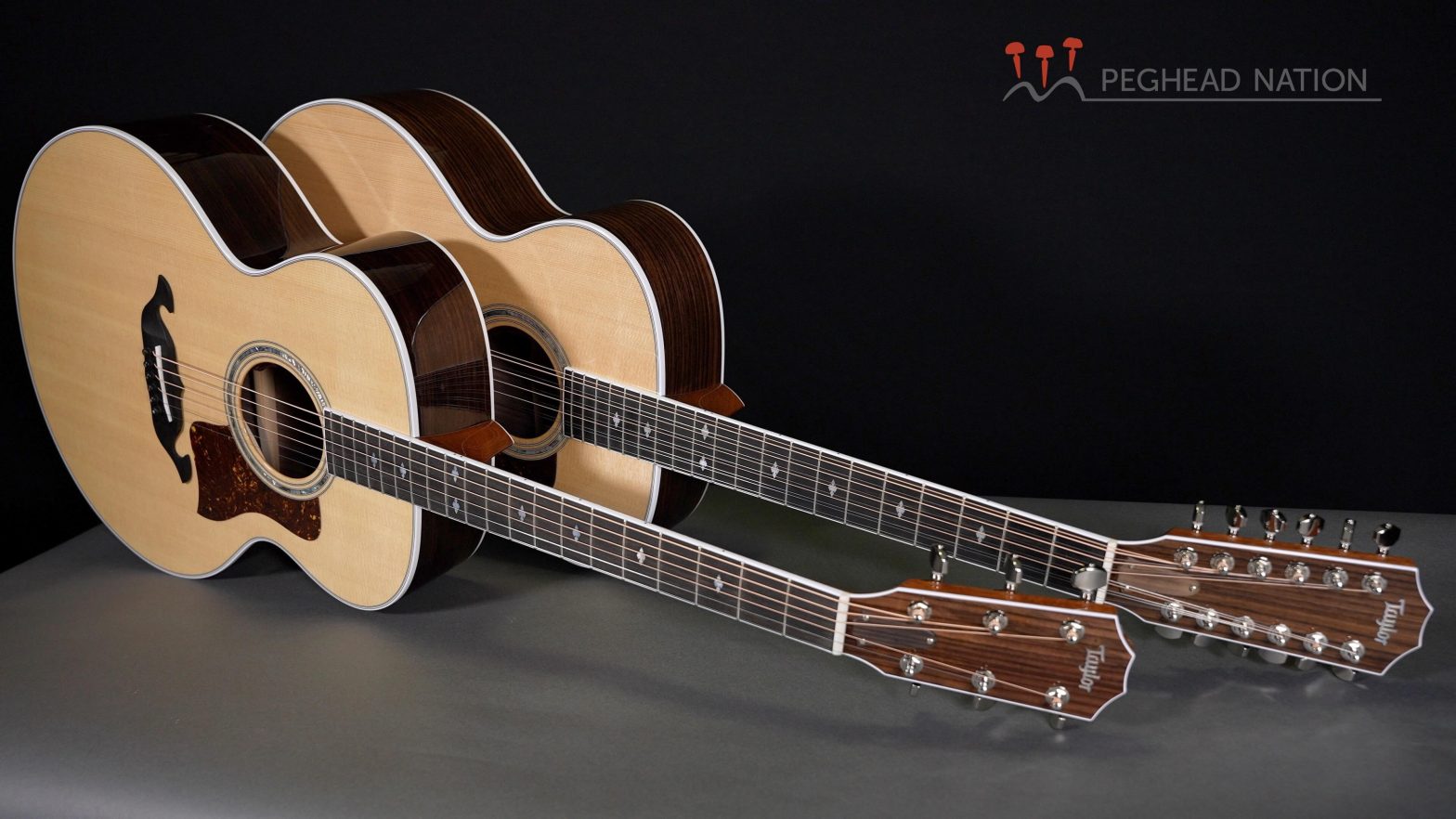 |
Taylor Legacy Collection 815e and 855eBrand-new versions of Taylor’s legendary rosewood jumbo six- and 12-strings. Read More |
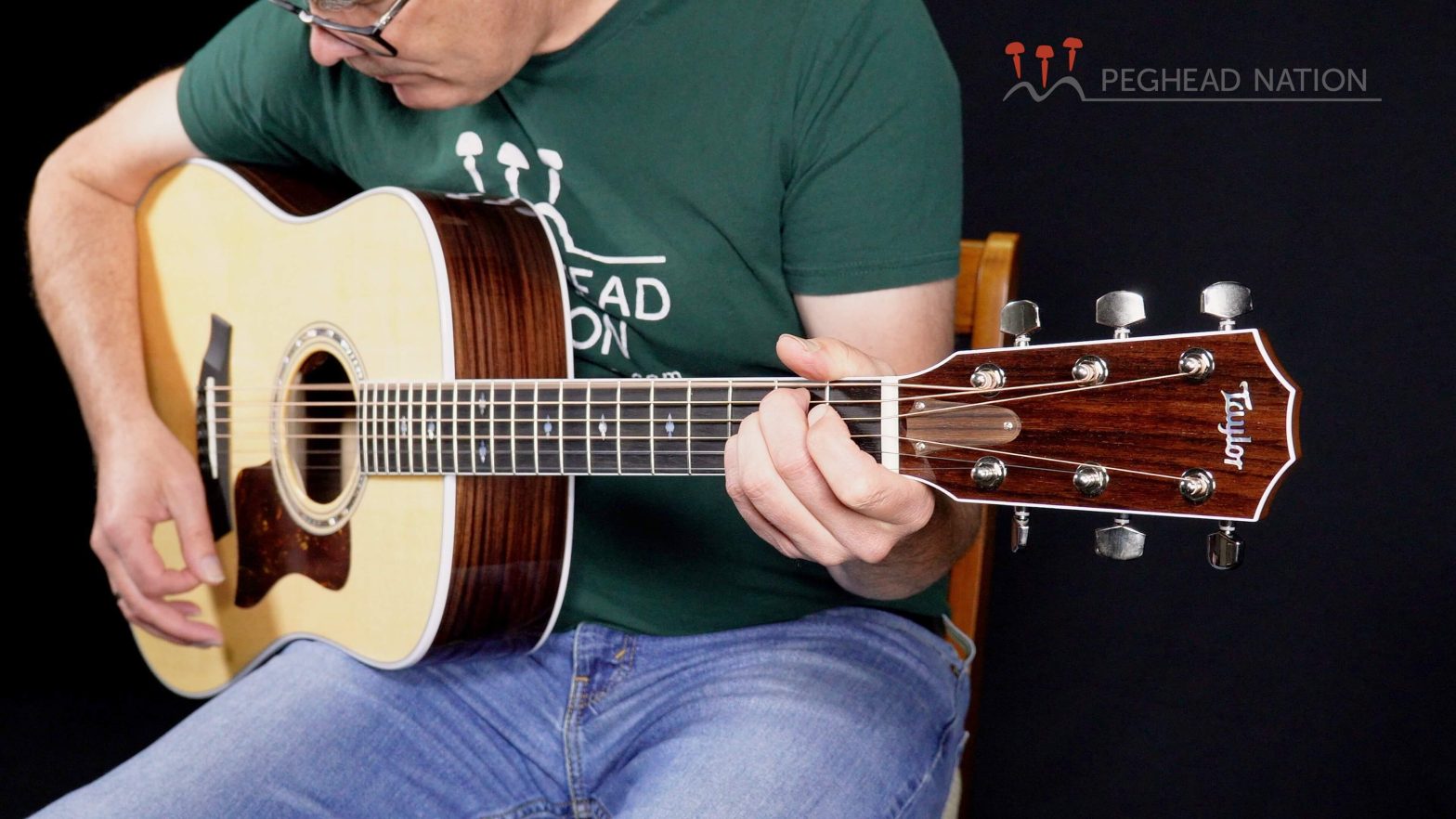 |
Taylor Legacy Collection 810eA wonderful tribute to one of Taylor’s most iconic models. Read More |
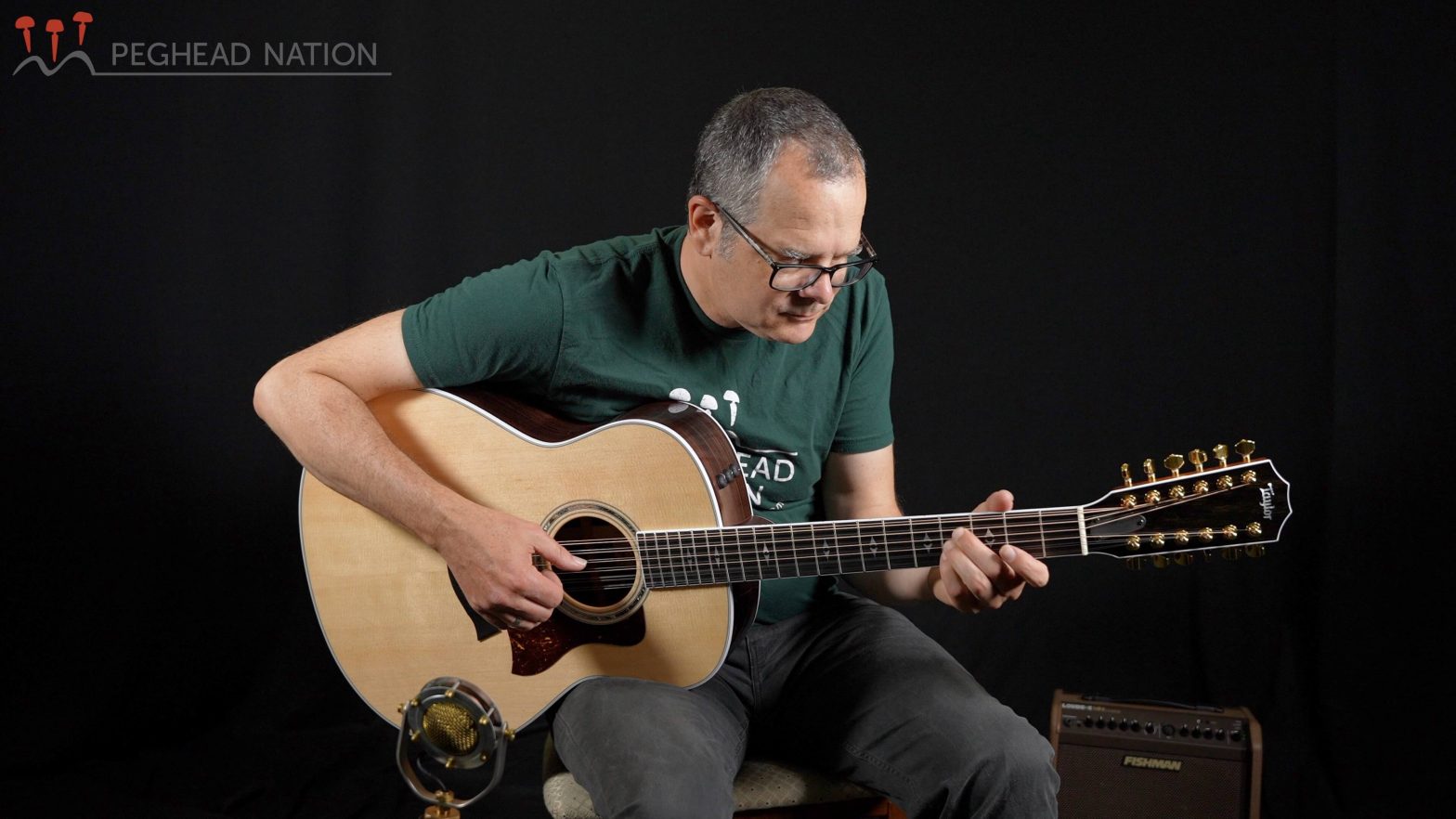 |
Taylor 858e LTDA powerful 12-string from Taylor’s 50th anniversary collection. Read More |
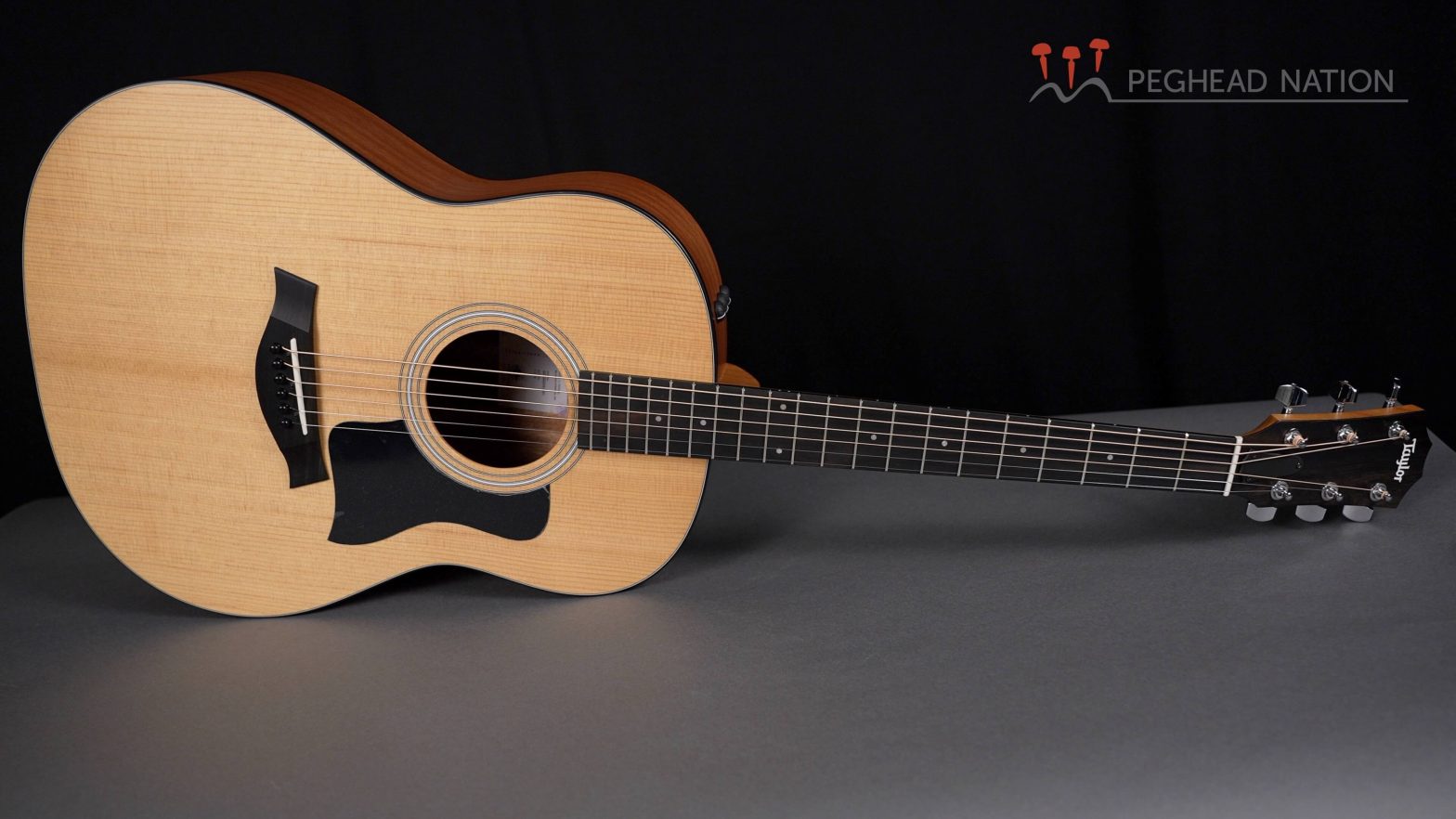 |
Taylor 117eTaylor’s round-shoulder Grand Pacific style is now available in a highly affordable version. Read More |
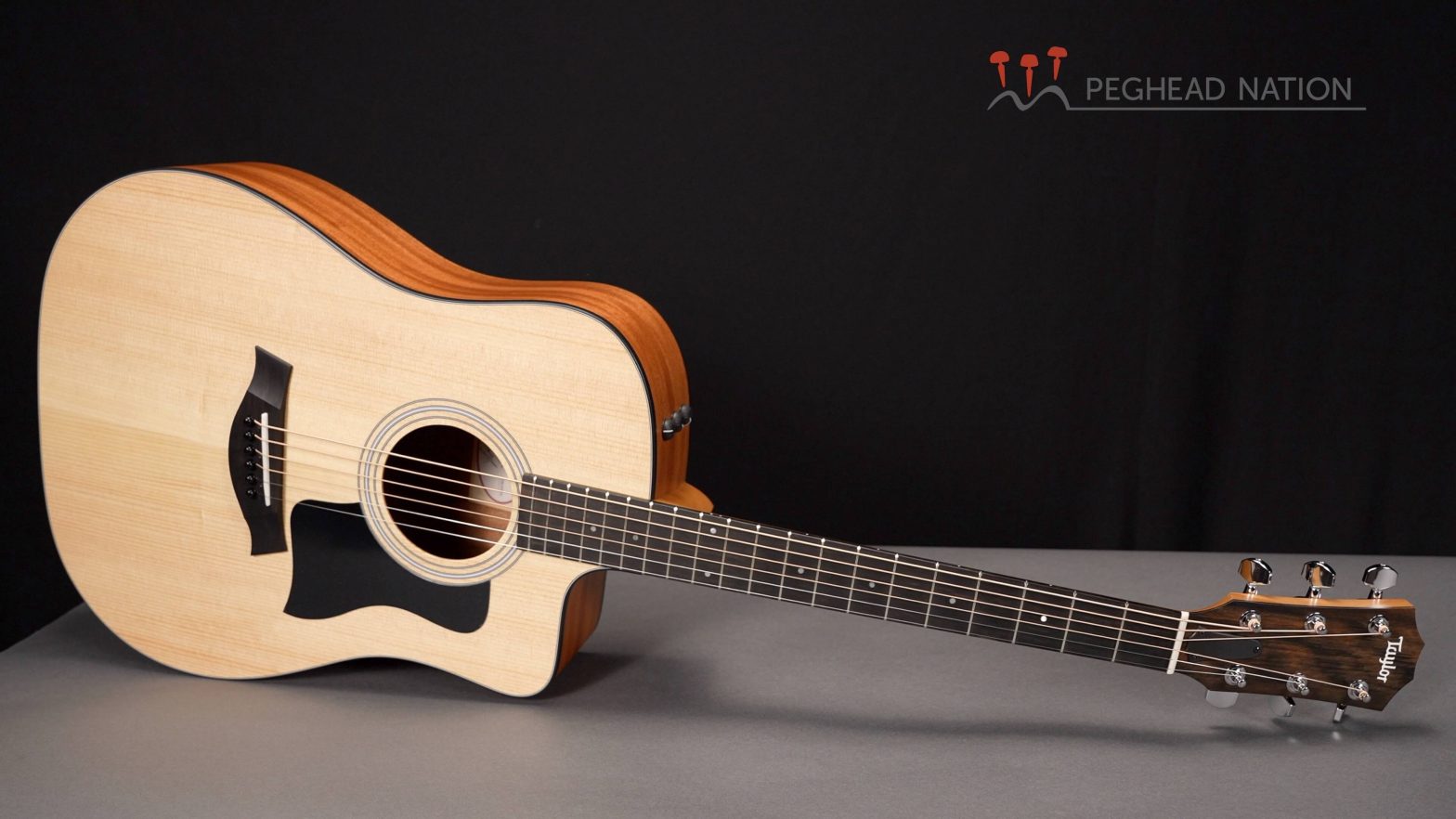 |
Taylor 110ce-SA new variation of Taylor’s popular entry-level dreadnought is the most affordable 100 series model. Read More |
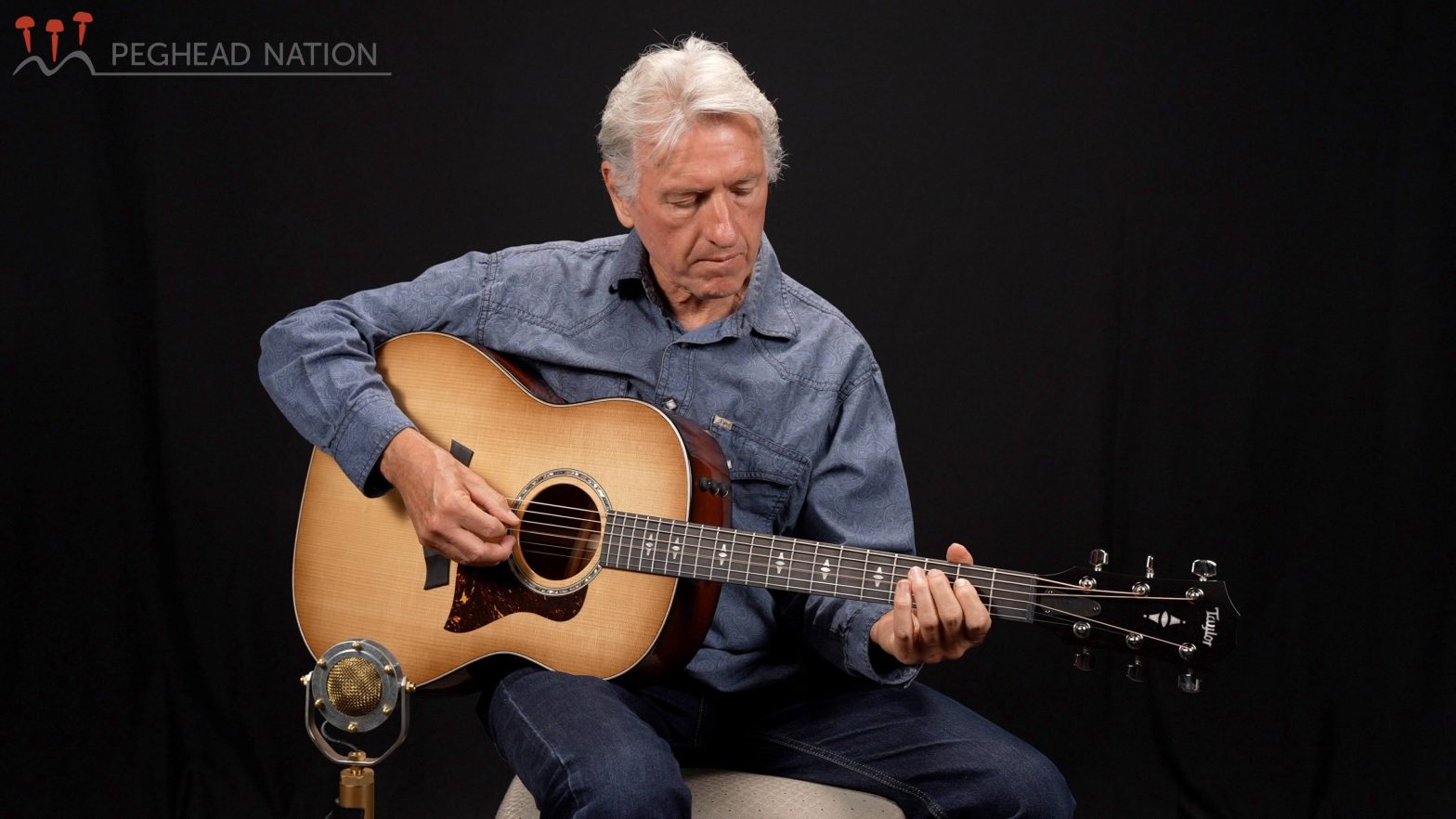 |
Taylor 517eA new slope-shoulder dreadnought Grand Pacific with urban ironbark back and sides. Read More |
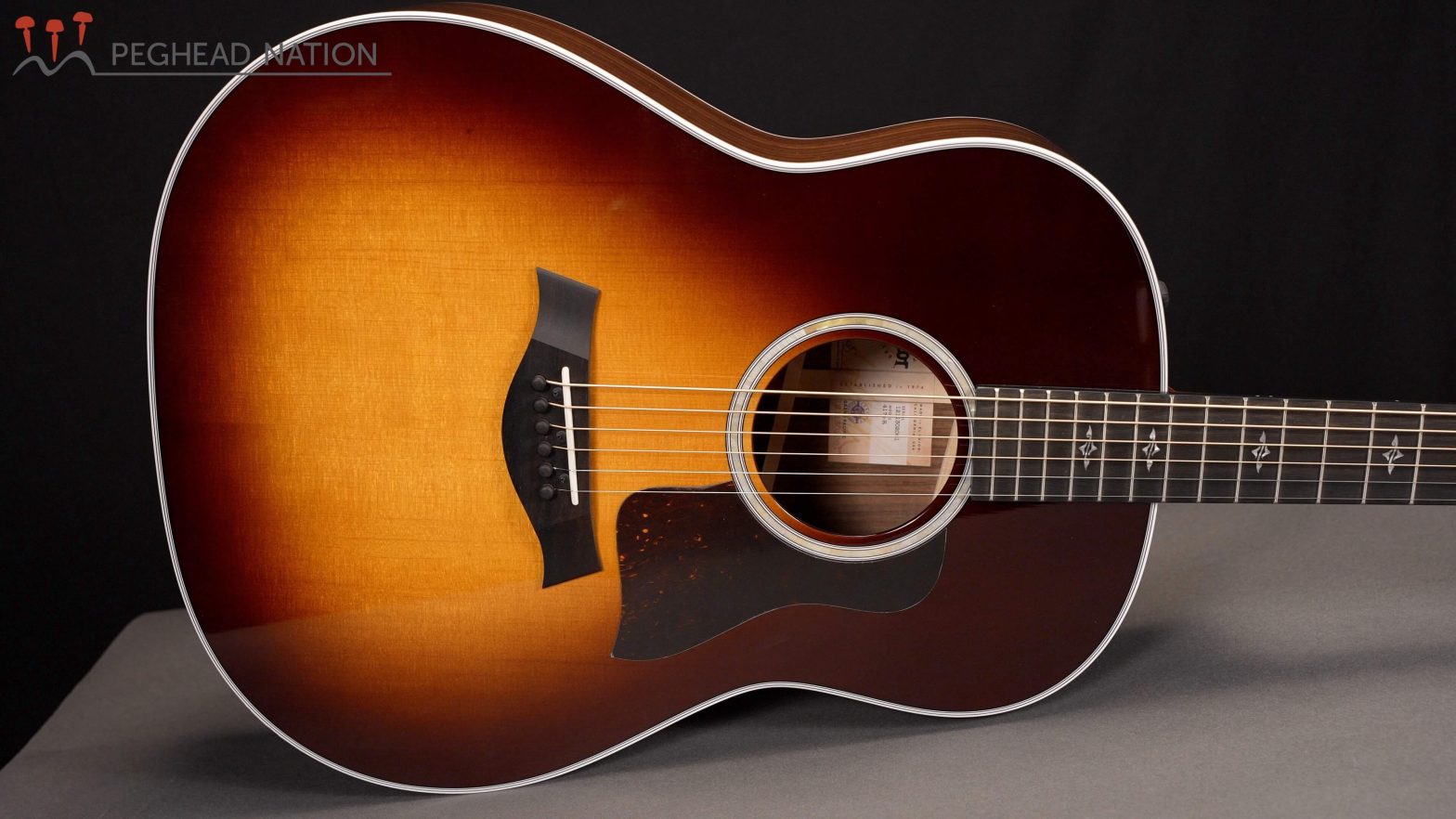 |
Taylor 417eTaylor adds a new version of its slope-shoulder dreadnought Grand Pacific model to the 400 series. Read More |
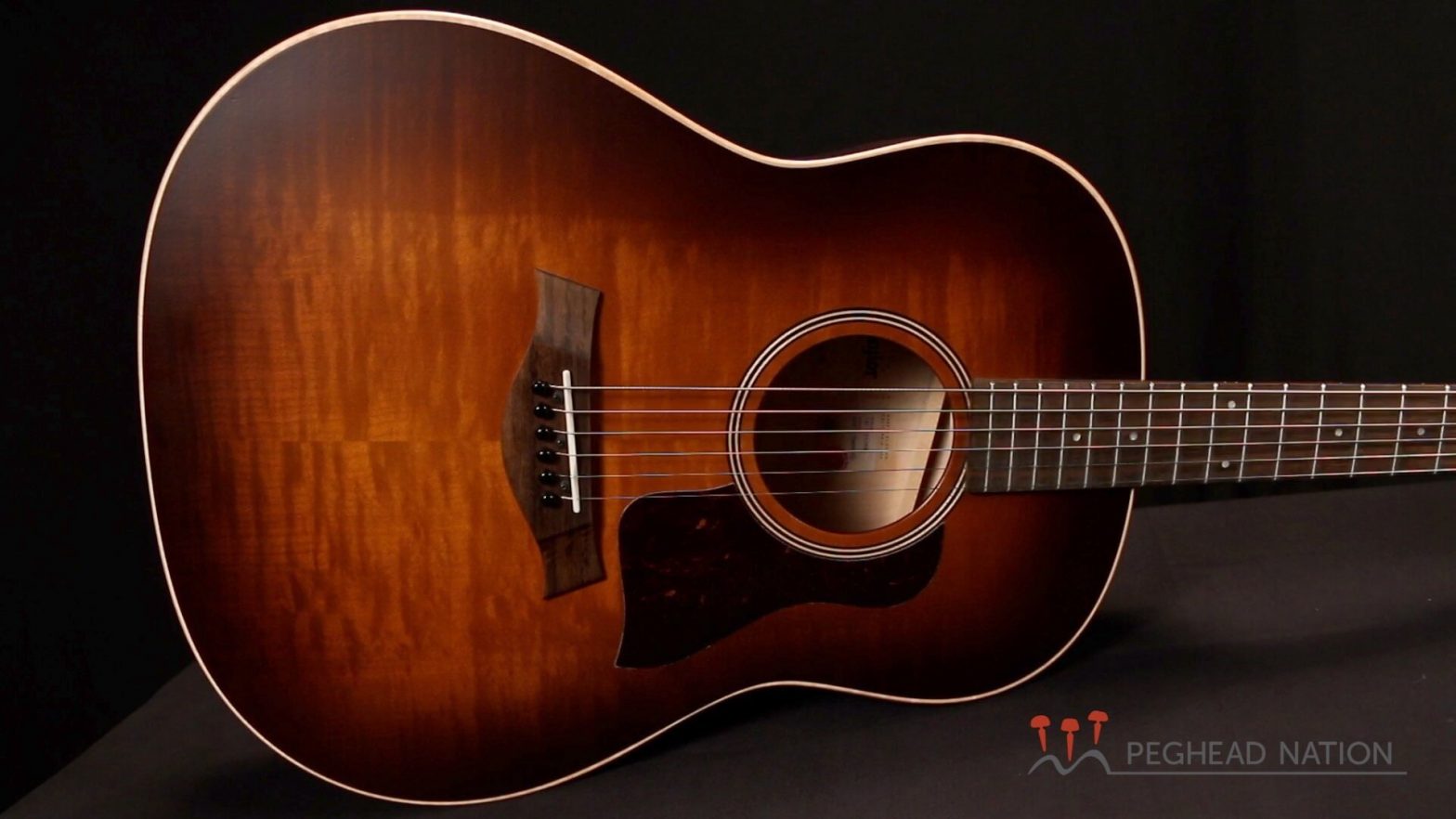 |
Taylor AD27e FlametopAn all-maple slope-shoulder with a husky, vintage tonality. Read More |
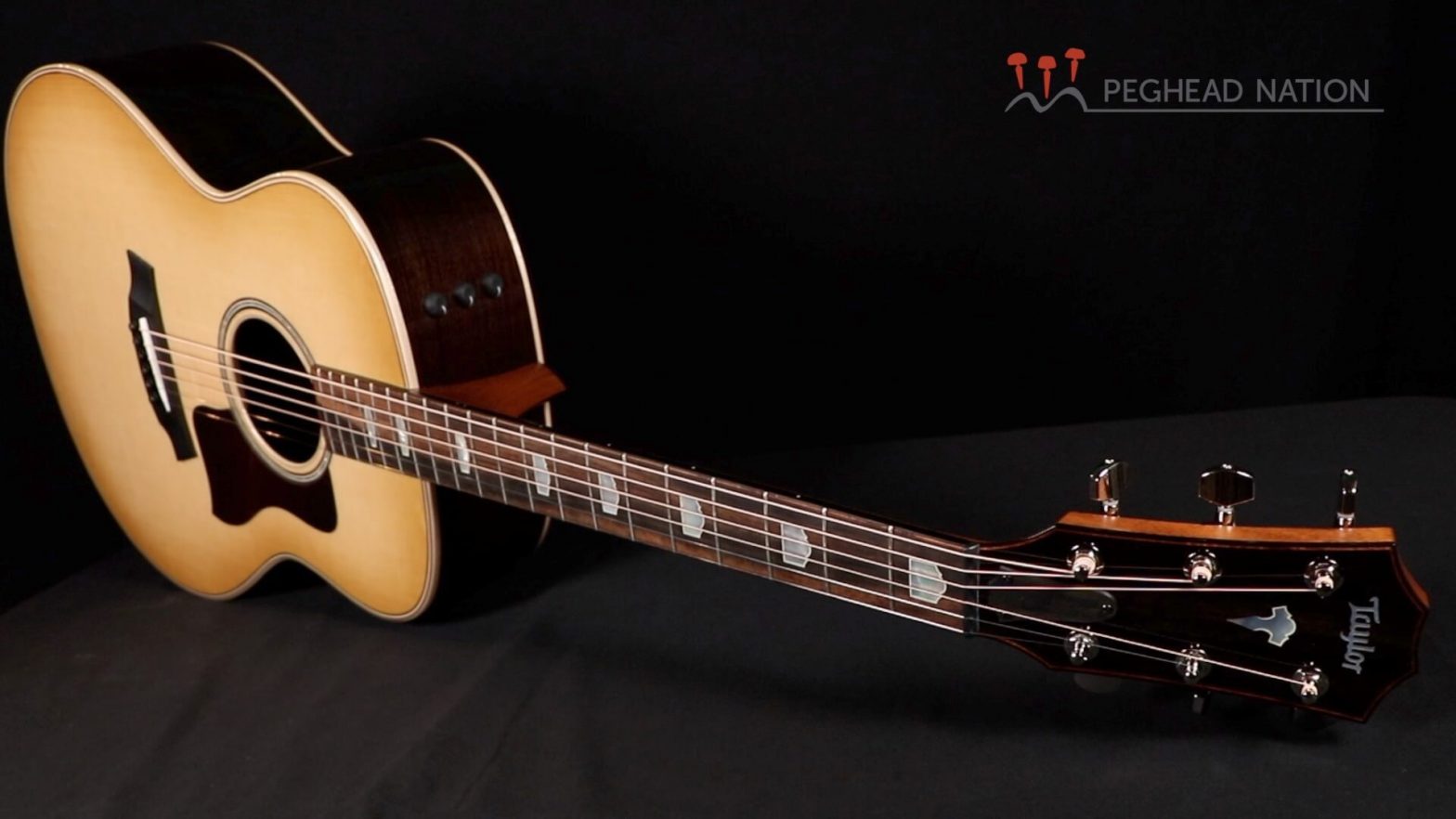 |
Taylor 818eA powerful rosewood jumbo. Read More |
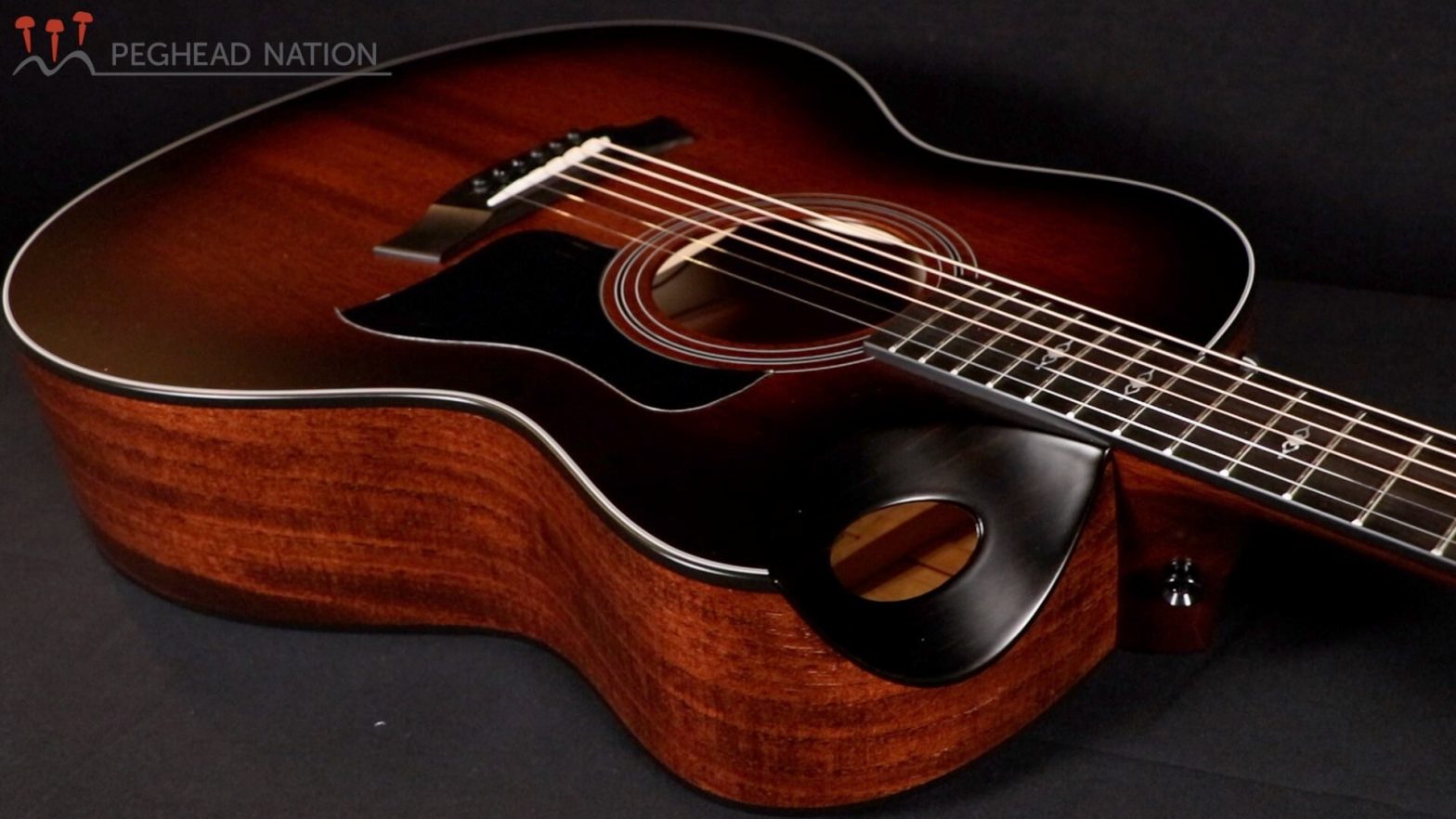 |
Taylor 326ceThe latest grand symphony features urban ash back and sides and a mahogany top. Read More |


